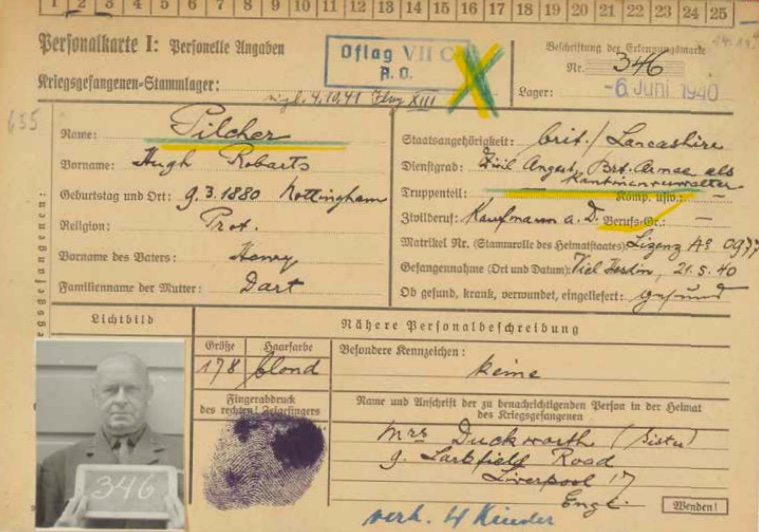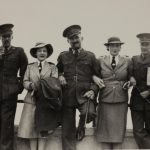The National Archives has proudly announced its upcoming exhibition, “Great Escapes: Remarkable Second World War Captives,” scheduled to open in February 2024. This exhibition will shed light on the untold stories of hope, resilience, and ingenuity exhibited by prisoners of war and internees during the Second World War.
The exhibition will be divided into three areas, framed by the 1929 and 1949 Geneva Conventions. The first section will explore the legal framework established in 1929 and highlight the activities of Military Intelligence Section 9 (MI9), a secret British government agency formed in 1939 to aid military personnel in evading and escaping capture. The second section will delve into the diverse experiences of individual prisoners and internees under British, German, and Japanese authority. The final section will examine the aftermath of the war, detailing how the Geneva Convention was rewritten in 1949.
The National Archives has meticulously catalogued around 200,000 War Office records, allowing the discovery of new materials and the telling of stories never shared before. These records reveal how individuals and communities, whether forming escape committees or choirs, found a sense of humanity in the midst of adversity.
The exhibition coincides with the 80th anniversary of the renowned ‘Great Escape’ from Stalag Luft III, made famous by the 1963 film starring Steve McQueen. Dr. William Butler, curator of the exhibition and co-author of the associated book ‘Captives: Prisoners of War and Internees 1939-1945,’ emphasises that “Great Escapes” is about the agency of individuals, showcasing their courage, resilience, and ingenuity in the face of adversity.
The book, “CAPTIVES: Prisoners of War and Internees 1939-1945,” collated by experts from The National Archives, is set to be published in conjunction with the exhibition. This publication, written and compiled by William Butler, Ela Kaczmarska, and Roger Kershaw, presents a diverse array of visual materials, including maps, photographs, and drawings, alongside eyewitness accounts of capture and attempted escapes. It provides a comprehensive picture of how individuals survived mentally and physically in captivity.
The book covers various points of interest, including daring escapes like Airey Neave’s from Colditz Castle, the ‘Great Escape’ from Stalag Luft III, and the ‘Wooden Horse’ escape. It also explores life as a civilian internee under Japanese control, medical treatment in prisoner-of-war camps, and schemes for repatriation and reintegration into society.
Steve Burgess, Head of Events and Exhibitions at The National Archives, expressed gratitude to the volunteers who catalogued the War Office records, enabling the uncovering of new material. He invites the public to explore the exhibition and book, offering a unique perspective on the remarkable stories of Second World War captives.
Image Source:
- New Exhibition – Great Escapes: The History Press & Flint Books





